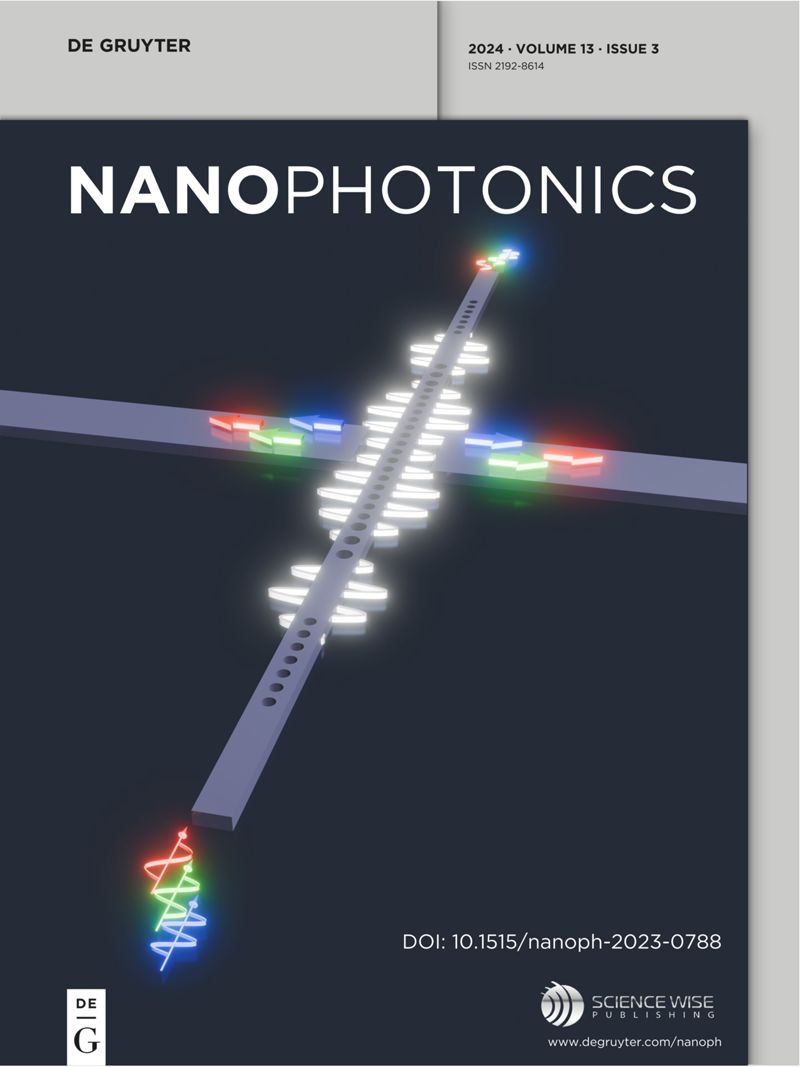Janus metagrating for tailoring direction-dependent wavefronts
IF 6.5
2区 物理与天体物理
Q1 MATERIALS SCIENCE, MULTIDISCIPLINARY
引用次数: 0
Abstract
Janus metasurfaces have emerged as a promising platform to enable independent wave manipulation by fully exploiting the inherent propagation direction of electromagnetic waves. These structures allow achieving distinct wavefront functionalities based on the direction of wave propagation. Concurrently, metagratings have gathered significant attention as an innovative design scheme for wavefront manipulation, particularly in addressing the low efficiency issue commonly associated with conventional metasurfaces. This study introduces Janus metagratings as a means for tailoring efficient, direction-dependent absorption and reflection. Utilizing established analytical models, a precise analysis of diffraction modes is conducted in transmissive metagratings, facilitating asymmetric wavefront manipulation under the two incidence directions. By arranging distinct meta-atoms with specific load impedances on the upper and lower layers of the metagrating, efficient asymmetric wave responses are achieved. The design methodology is validated through full-wave simulations, which demonstrate strong consistency with theoretical predictions. Additionally, a Janus metagrating prototype is fabricated and tested in the microwave frequency regime, validating the direction-dependent wavefronts tailoring characteristics. The proposed design methodology offers a versatile platform for asymmetric propagation and advanced systems in future wireless and optical communication applications.用于裁剪方向相关波前的Janus偏光
通过充分利用电磁波固有的传播方向,Janus超表面已经成为一个有前途的平台,可以实现独立的波操纵。这些结构允许基于波传播方向实现不同的波前功能。与此同时,作为波前处理的一种创新设计方案,特别是在解决与传统超表面相关的低效率问题方面,metagratings受到了极大的关注。本研究介绍了Janus metagratings作为裁剪有效的、方向相关的吸收和反射的手段。利用已建立的解析模型,精确分析了透射偏光的衍射模式,实现了两个入射方向下的不对称波前操作。通过将具有特定负载阻抗的不同的元原子排列在超聚酰亚胺的上下两层,实现了高效的非对称波响应。通过全波模拟验证了设计方法,结果与理论预测具有很强的一致性。此外,制作了Janus超聚合原型,并在微波频率范围内进行了测试,验证了方向相关波前裁剪特性。提出的设计方法为未来无线和光通信应用中的非对称传播和先进系统提供了一个通用平台。
本文章由计算机程序翻译,如有差异,请以英文原文为准。
求助全文
约1分钟内获得全文
求助全文
来源期刊

Nanophotonics
NANOSCIENCE & NANOTECHNOLOGY-MATERIALS SCIENCE, MULTIDISCIPLINARY
CiteScore
13.50
自引率
6.70%
发文量
358
审稿时长
7 weeks
期刊介绍:
Nanophotonics, published in collaboration with Sciencewise, is a prestigious journal that showcases recent international research results, notable advancements in the field, and innovative applications. It is regarded as one of the leading publications in the realm of nanophotonics and encompasses a range of article types including research articles, selectively invited reviews, letters, and perspectives.
The journal specifically delves into the study of photon interaction with nano-structures, such as carbon nano-tubes, nano metal particles, nano crystals, semiconductor nano dots, photonic crystals, tissue, and DNA. It offers comprehensive coverage of the most up-to-date discoveries, making it an essential resource for physicists, engineers, and material scientists.
 求助内容:
求助内容: 应助结果提醒方式:
应助结果提醒方式:


